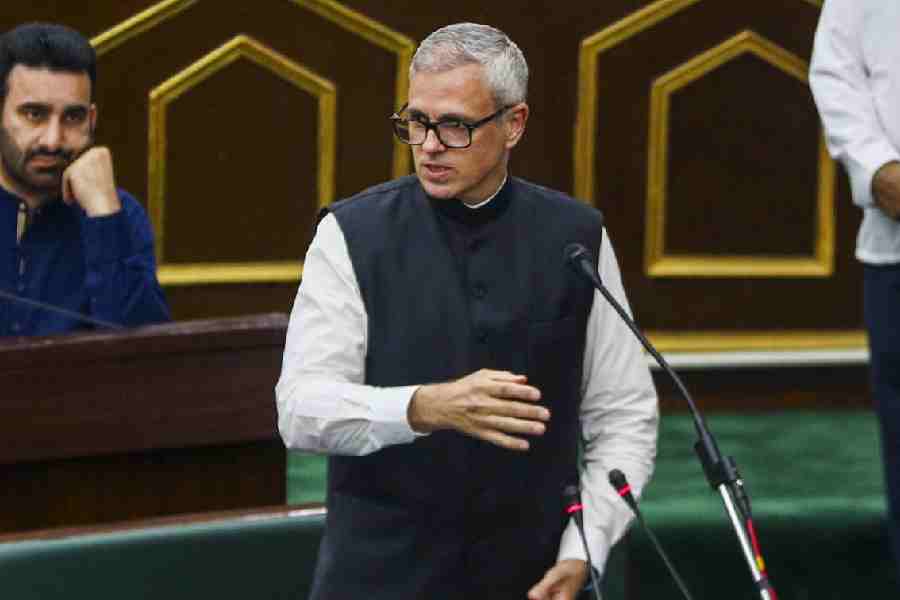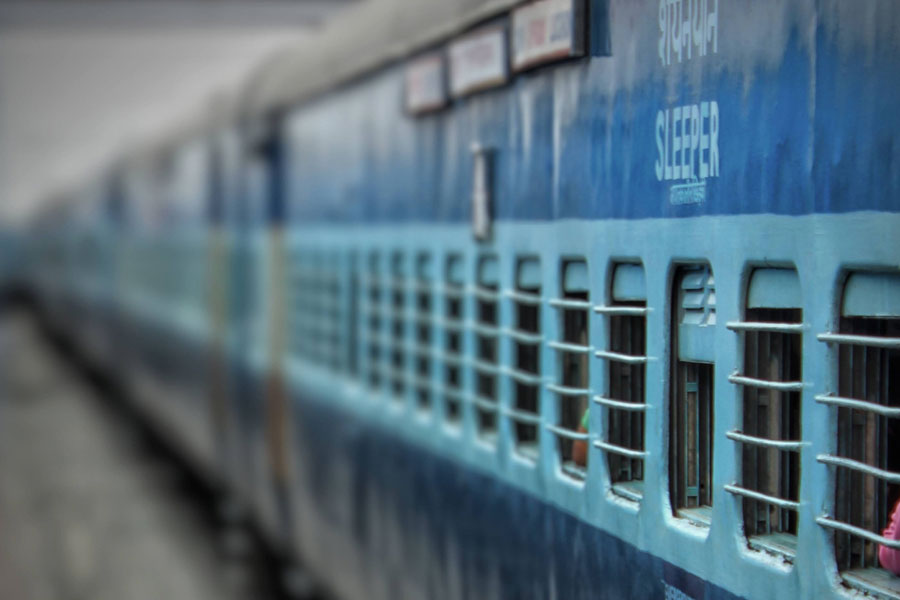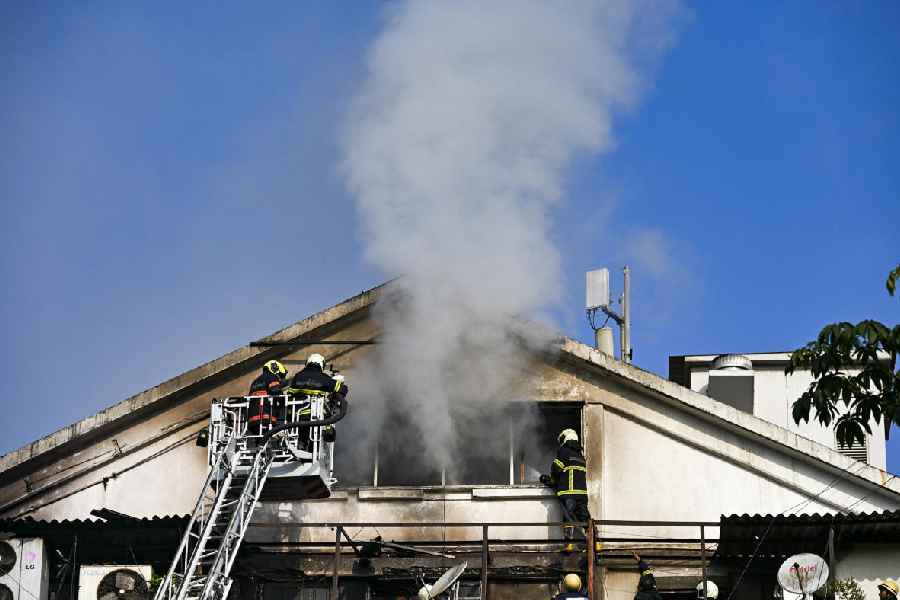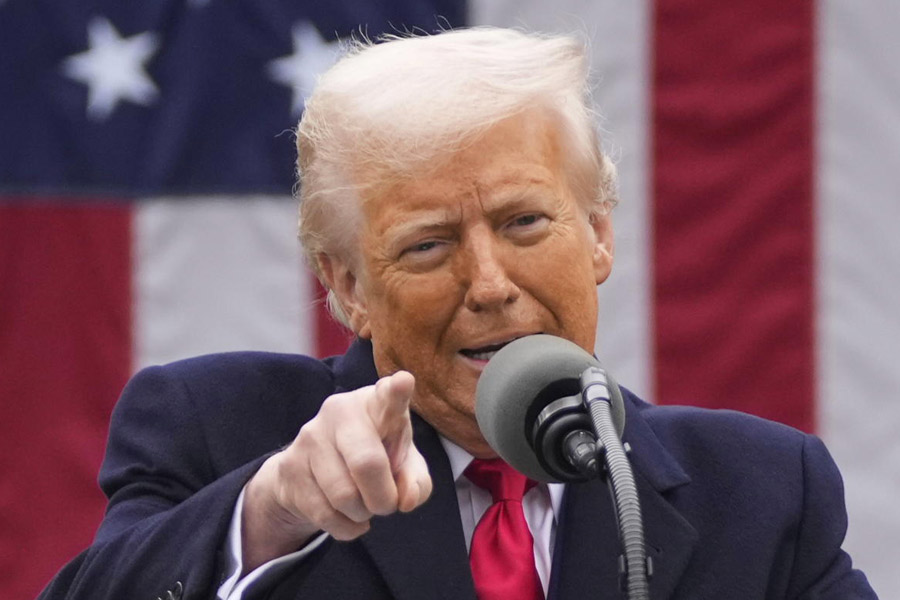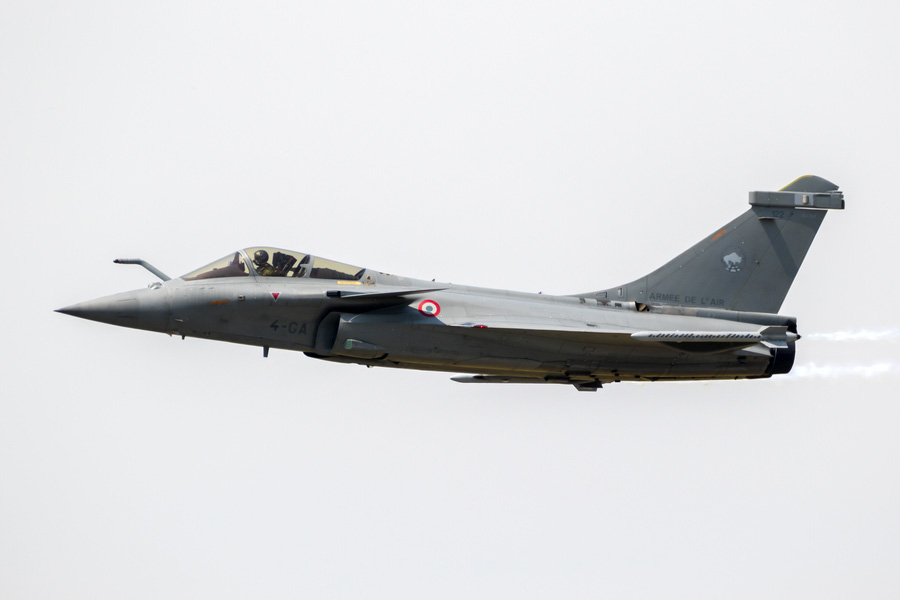
Sept. 18: Bengal's industrial nosedive was today benchmarked with low traffic on a bridge built 10 years ago for more than three times the volume of vehicles currently using it.
Nivedita Setu, the city's gateway to Howrah and Hooghly from the north, still carries only about a third of its capacity because the projected industrial growth never happened, according to Lala K.K. Roy, director of the Second Vivekananda Bridge Tollway Company.
"We had expected traffic to be heavy along this corridor, considering the Singur (Nano) project, but that did not happen," Roy said during a programme to mark a decade of the bridge between Bally and Dakshineswar that runs parallel to the 85-year-old Vivekananda Setu.
Most of the industrial units to the east of the river, along BT Road mainly, have long shut down and made way for housing projects. The scrapped Tata Motors project in Singur was to inject new life into plans to create an industrial corridor in the west. The Nano hub that fled to faraway Gujarat would have been barely 22km from the Bally end of the bridge.
Roy held up Nivedita Setu as a monument to dashed dreams. "There is a gestation period for any infrastructure project. Taking that into account, we had worked out certain projections. But even after 10 years, we have not seen that growth.... You understand what happens when no major industry happens. We had high hopes on Singur. It never happened."
The tollway company had projected daily traffic of around 1.45 lakh vehicles through Nivedita Setu. The current average is around 45,000 vehicles.
"There is not enough manufacturing units operating out of here. So many companies along the banks of the Hooghly have closed down. Even the proposed township project in Dankuni didn't take off," Roy said.
The bridge had been built over three years and opened to traffic in June 2007. The project, which was a public-private partnership involving the Union ministries of road, transport and highways and shipping, the Bengal government and the tollway company, cost about Rs 676 crore.
While the National Highways Authority of India spent Rs 120 crore on the project, Mauritius-based Pacific Alliance Stradec Group contributed Rs 127 crore. A consortium of banks provided the rest.
The Tata project in Singur had been announced in 2006 and that magnified the significance of the then under-construction bridge. Alongside the Tata plant, around 70 vendors were to set up ancillary units entailing a combined investment of more than Rs 1,000 crore. Much of the traffic headed either towards north Bengal or Bangladesh was to be routed through Nivedita Setu.
In September 2008, the Tatas decided to leave Singur in the face of crippling protests led by Mamata Banerjee, then on the other side of the industry fence. The land meant for the project has since been handed back to farmers who owned the plots.
Bengal has not witnessed any big-ticket investment since. A few weeks ago, chief minister Mamata announced that Infosys would invest Rs 100 crore in Calcutta, based on a new arrangement for the use of land provided to the company at a subsidised rate.
To cross Nivedita Setu, cars need to pay Rs 45 as toll for a one-way ride. Buses pay Rs 90 and mini trucks Rs 125. The toll is Rs 215 for six-wheel trucksand Rs 250 for 10-wheel vehicles.
Many motorists avoid taking Nivedita Setu since the old bridge is open and free to use. Some buses used to do the same, officials said.
"Of the total vehicular movement on the bridge, only three per cent is inter-state. The remaining 97 per cent is local transportation, mainly trucks carrying vegetables and other stuff," said Susanta Kumar Mukherjee, director (corporate development and governance) of the tollway company.
Low traffic has translated into a thinner profit margin than what the tollway company had bargained for. The earnings are barely enough for the custodian of the bridge to maintain the structure. "We have a bank loan to pay. It seems everyone is getting everything but the investors. Are investors coming here at all?" Mukherjee said.


